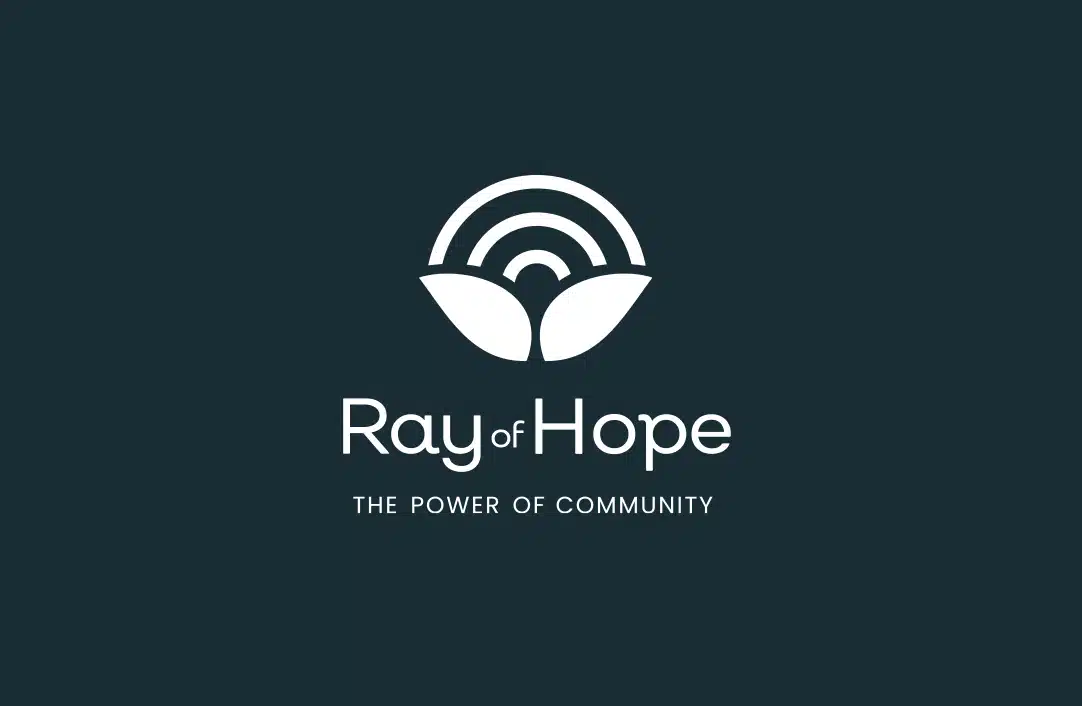
Protection Against Sextortion Starts with Understanding the Threat
Commentary by Chris Yadon, Saprea Managing Director
Any parent or primary caregiver has a list of things they do to protect their children. Generally, things move on and off that list based on the parent or caregiver’s past experiences, but occasionally parents face a new threat no previous generation of parents had to experience.
Sexual extortion (sextortion) is one of these threats.
Sextortion is a form of child sexual abuse where a victim is threatened or blackmailed to meet the specific demands of a perpetrator. In these cases, either the threat or the demand is sexual in nature. Most commonly the perpetrator threatens to share sexual content about the victim (either real or faked) to obtain additional sexual content, sexual activity, money, or other favors.
Protecting against sextortion starts with understanding the threat. Although perpetrators gain access to extortable content through many methods, sextortion often starts with sexting or digital sharing of sexual material. It’s important to understand that the child or youth may have chosen to share the sexual material, but once shared, the material can quickly get into other people’s hands. This decision may have been influenced by factors such as peer pressure, relationship expectations, curiosity, exploration, bullying, coercion, or a desire to impress or be included.
Here are just a few of many statistics that can help us understand the threat:
- 46.8% of youth report having received a sexted image.1
- Data from police indicate that 90-100% of nonconsensual-distribution offenders were other youth.2
- 72% of youth who receive a forwarded sexted image don’t report it.1
- Only 2.6% told their parents they were being victimized.1
- A quarter of youth justify their forwarding of a sexted image as a joke.1
The following are four things parents can do to reduce the risk of sextortion:
- Assess risky situations and practice navigating them. Parents and caregivers should walk through various risky situations—online and offline—that could lead to sextortion and practice with the child how they might navigate the situations.
- Teach how to set and respect healthy boundaries. For sextortion specifically, boundaries help children and youth reduce the chance that they will have sexual material available to be sextorted. Boundaries also impede perpetrators if by chance they do obtain sexual material.
- Keep the lines of communication open. Learning to respond instead of react directly combats the shame and stigma that often prevent a victim from seeking help. A parent who can respond to a child or youth when they hear difficult things makes it more likely that the child or youth will keep the lines of communication open.
- Discuss sexual development and healthy intimacy. Proactive big talks mixed in with a lot of responsive little talks about sexual development arm your children with an understanding of what is normal and healthy when it comes to their sexual development. If your child is old enough to have technology in their hands it is time to talk about sextortion.
Educating ourselves about how to reduce the risk of sextortion allows us to combat that fear through action. We can reduce risk. We can empower our children and youth to build healthy relationships, avoid or navigate risky situations, and come to us for help if something does happen.
Recent news

Saprea Provides Healing Resources for Child Sexual Abuse Survivors in the Hispanic Community

Saprea Partners with Ray of Hope Expanding Healing Options for Child Sexual Abuse Survivors
